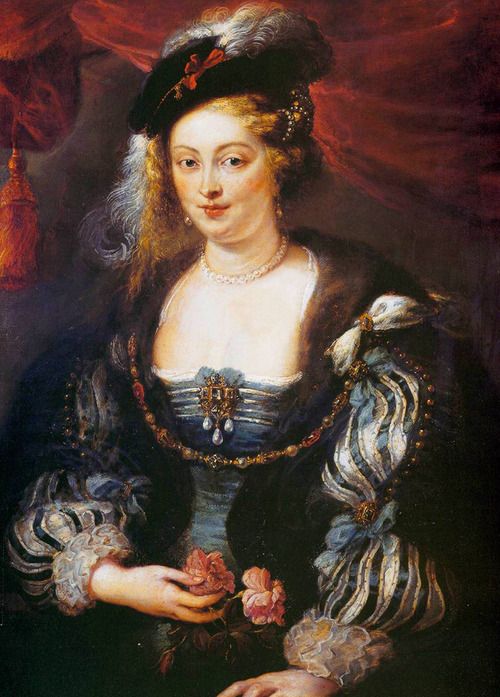
Date of Birth
1359
Place of Birth
Coligny, Ain, Rhone-Alpes, France
Towns / Cities Moved Into
Coligny, Ain, Rhone-Alpes, France |
Bourg, Ain, Rhone-Alpes, France |
La Bresse, Vosges, Grand Est, France
Known Occupation
-
Religion
-
Spouse
Death Information
Year of death
1437
Place of death
Bourg, Ain, Rhone-Alpes, France
Cause of death
-
Obituary

Parents

Humbert De La Baume

Catherine De Luyrieux De La Baume
Marital Status


Married Jacques Coligny
1405
La Bresse, Vosges, Grand
Est, France
Children



Narrative / Story
In the picturesque region of Coligny, Ain, Rhone-Alpes, France, in the year 1363, Huguette De La Baume was born into a world on the brink of significant change. Her parents, Humbert Seigneur de Fromentes De La Baume and Catherine de Luyrieux, welcomed her into a noble family, a lineage that granted her a life of relative privilege amidst the turbulent times of medieval France. Huguette’s early years were shadowed by the ongoing Hundred Years’ War, a conflict that would shape much of her life and the history of her nation.
Just a year before Huguette’s birth, the Treaty of London was proposed, a testament to England’s dominance in the war, especially following the capture of the French King, John II. This treaty, which initially saw France conceding vast territories to England, was a symbol of the tumultuous times in which Huguette was born. However, the treaty’s eventual repudiation led to renewed conflicts, further embedding the landscape of Huguette’s youth in war and political strife.
In 1405, amidst this backdrop of uncertainty and shifting power, Huguette’s life took a significant turn as she married Jacques De Coligny in La Bresse, Vosges, Grand Est, France. This union was not just a marital alliance but also a strategic connection during a time when familial ties were crucial for survival and influence. Together, Huguette and Jacques had several children, including Jean Guillame De Coligny III, Etienne De Coligny, and Antoinette De Coligny, extending their family’s legacy and influence in the region.
The family’s movements across various towns, including Bourg and La Bresse, were indicative of the era’s demands. These relocations were likely influenced by the ongoing conflict, the need for strategic positioning, or the search for safety. For Huguette, these moves would have been part of her role in managing family affairs, ensuring their safety, and maintaining their social standing amidst the chaos of war.
Life during the Hundred Years’ War was fraught with challenges, even for a noble family like Huguette’s. The constant threat of conflict, the need for political alliances, and the economic strains of war would have been ever-present concerns. As a woman of her time, Huguette’s role would have been centered around managing her household and possibly overseeing land and estate affairs, crucial responsibilities in an era where land was power.
The feudal system, which defined the social and political landscape of Huguette’s time, would have played a significant role in her life. Her responsibilities and social standing were intricately tied to this system, with her family’s landholdings and noble status dictating much of her life’s course. This system also meant that her life was intertwined with the broader socio-political changes of the time, as shifts in power and territory directly impacted her family’s fortunes.
Despite her noble status, Huguette’s life was not immune to the hardships of her era. The ongoing war brought about a constant sense of uncertainty, with the potential for loss and upheaval always looming. The war’s impact on the economy and society would have been felt even within the walls of her home, as the nation grappled with the costs of prolonged conflict.
Huguette’s story is also a reflection of the role of women in medieval society. While her life was undoubtedly shaped by the decisions of men, be it in marriage or politics, she would have played a vital role in the survival and success of her family. Her management of household affairs, especially during times of her husband’s absence due to war or political duties, would have been crucial in maintaining their estate and social standing.
As Huguette’s life drew to a close in 1437 in Bourg, Ain, Rhone-Alpes, France, she left behind a legacy intertwined with one of the most significant periods in French history. Her life, marked by war, political upheaval, and social change, offers a window into the experiences of noble families during the Hundred Years’ War. It was a life lived amidst the backdrop of a nation in flux, a testament to the resilience and adaptability required in such transformative times.
Huguette De La Baume’s story, spanning from her birth in the shadow of the Treaty of London to her final days in a France still recovering from the scars of war, is a narrative of survival, adaptation, and the enduring strength of familial bonds. Her journey through the medieval landscape of France, navigating the complexities of war, politics, and societal expectations, paints a vivid picture of the era and the indelible mark it left on its people